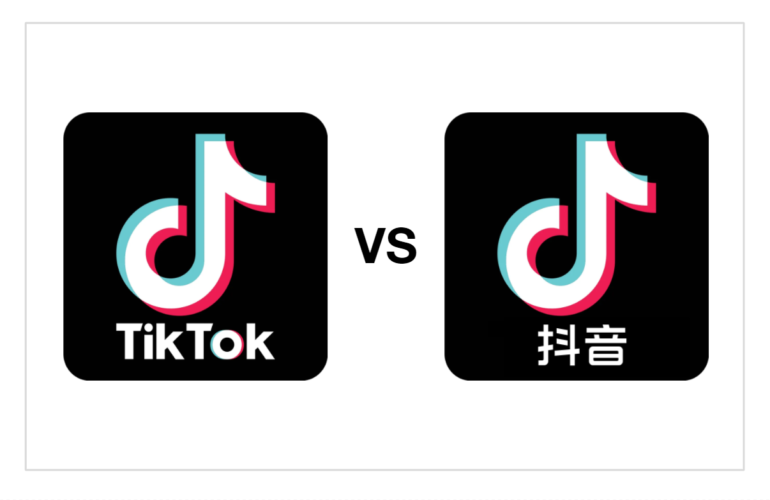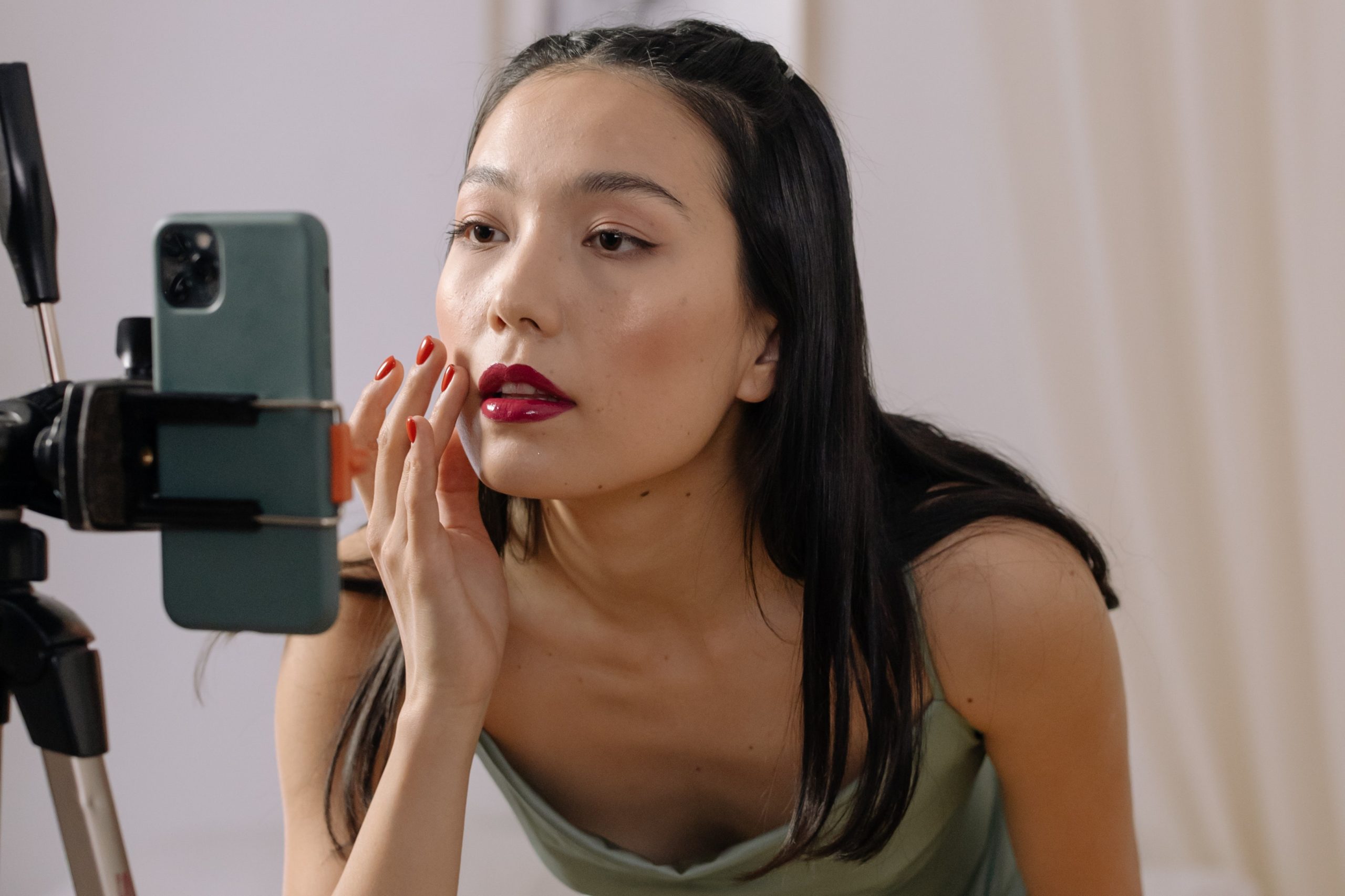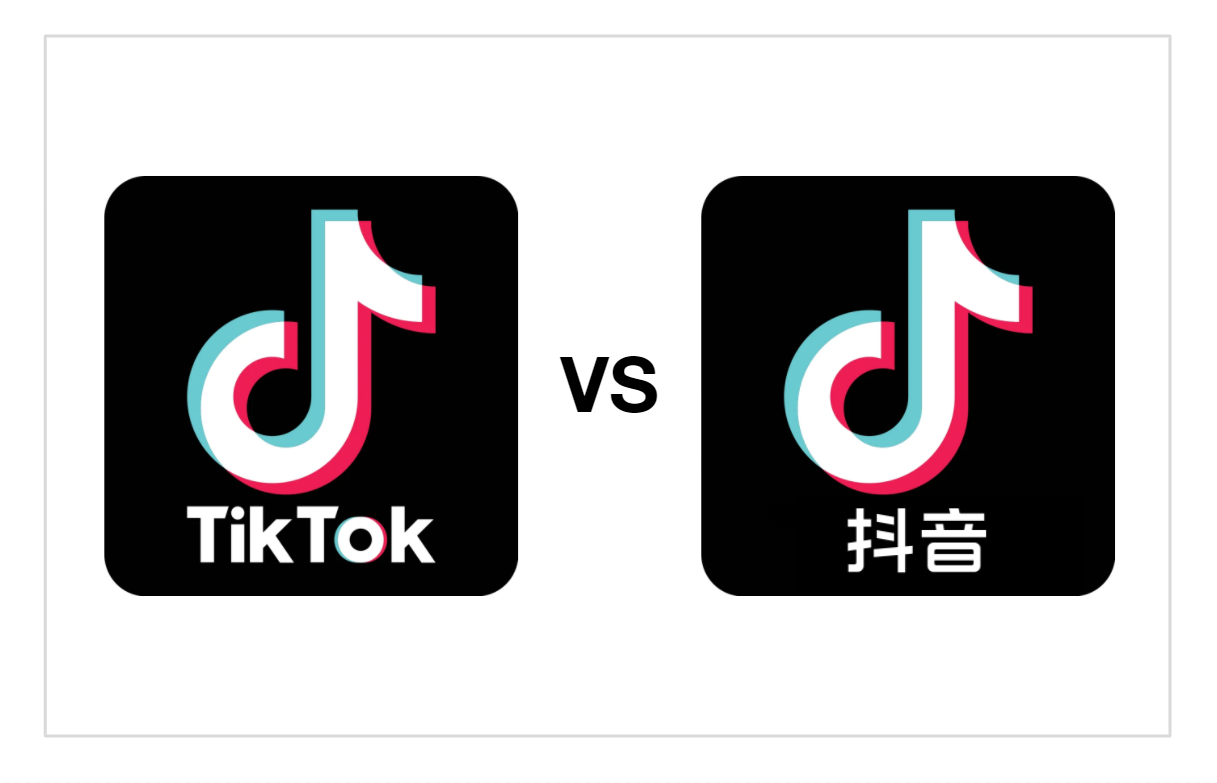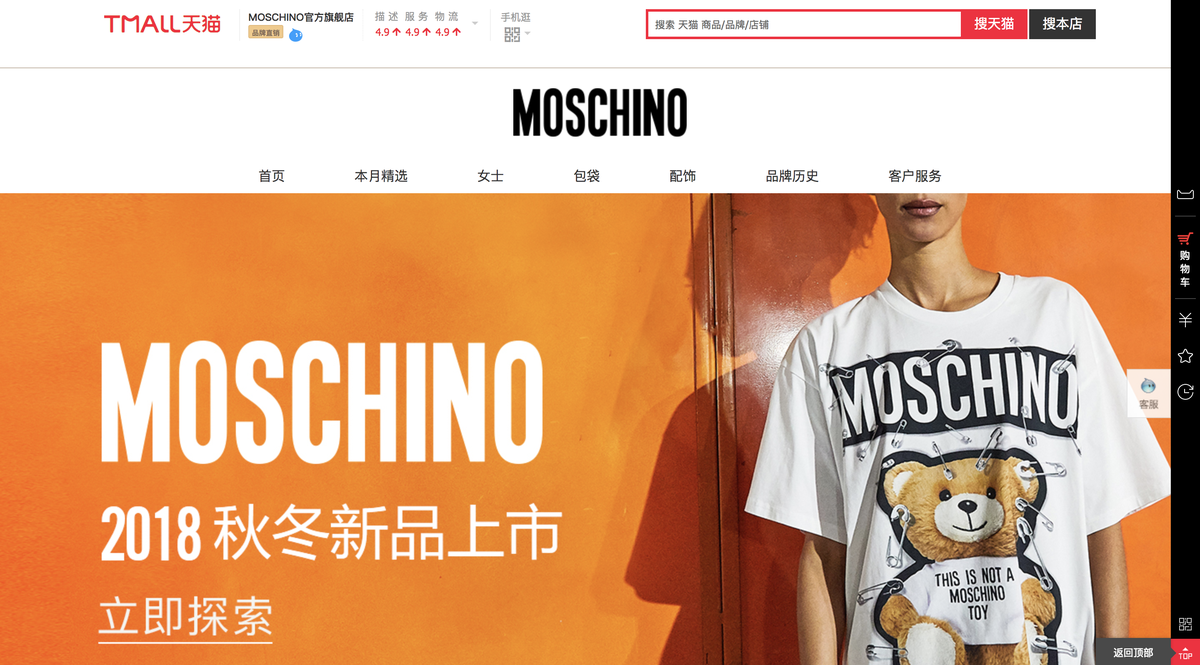Lately, we have all heard about the Douyin and TikTok Apps. If the former name should tell you little, at least the latter is certainly familiar to you. This is because the two apps we will discuss in this article have been one of the hot topics of 2020. The reason? They have seen a very rapid increase in users and hours of use, which has led them to be known in most countries of the world. But let’s go in order. First, let’s try to understand what Douyin and TikTok are, how they were created, and most importantly, what they are used for.
What Douyin and TikTok are and how they were created
Both Douyin and TikTok are Apps launched by Chinese company ByteDance. First, in 2016, came Douyin (抖 音, literally “shaking sound”). ByteDance immediately conceived it as a short-video and live streaming App to ride the success of these two formats among Chinese users, especially younger ones. And indeed it hit the mark. Douyin was an immediate success in the Dragon Country. Chinese users who use it daily have increased exponentially, now reaching 700 million.
Given Douyin’s success, ByteDance naturally thought of expanding, in 2017. Thus came the launch of the app on the international market. This time, however, with a less Chinese name and more suited for a diverse audience: TikTok. Like Douyin, this App immediately climbed the ranks of the most popular platforms among users. This is also thanks to the fact that in 2018 ByteDance acquired Musical.ly, another App dedicated to music videos. All Musical.ly accounts were migrated to TikTok. This provided a strong push for the app’s entry into the U.S. market. In the first half of 2020, TikTok was even the most popular mobile App outside of China, with nearly 600 million downloads.
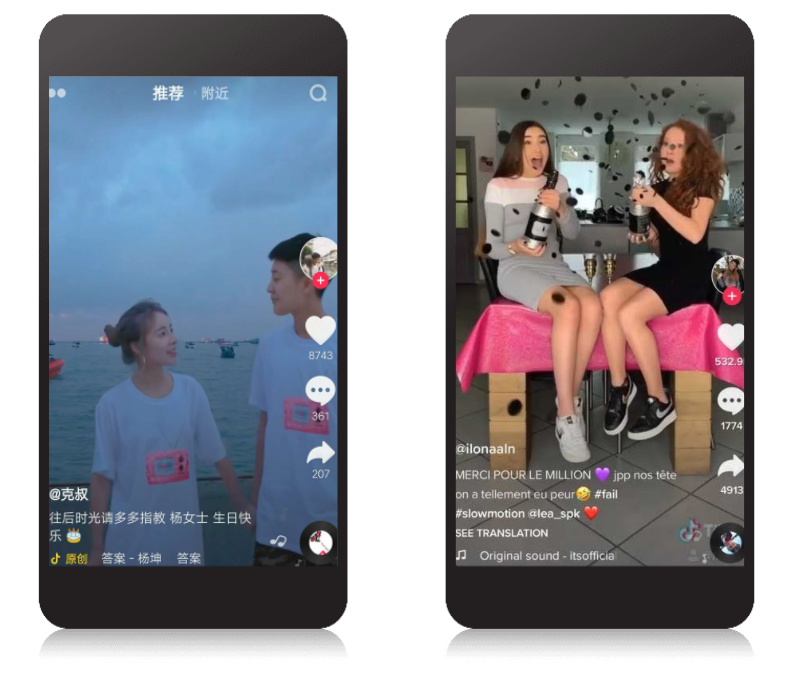
Examples of short-videos on Douyin (left) and TikTok (right)
Are Douyin and TikTok the same thing?
We come now to the topic you all must be wondering about. Are Douyin and TikTok the same thing? No, they are not. In fact, while it is true that TikTok began as a “copy” of Douyin, the two Apps are for all intents and purposes separate systems that do not communicate. Douyin can only be found in the App Stores of users living in China, while TikTok is available in the stores of users living in other countries around the world. As a result, user data is not shared between the two platforms. That’s the reason why if you search for the same user on the two Apps, you will not get the same results.
Type of content
On both Douyin and TikTok, contents tend to be repetitive. However, this should not necessarily be seen as a negative fact. In fact, users often prefer to follow certain trends and watch multiple versions of the same content.
On TikTok, it is easier to find funny videos, often inspired by the many challenges launched by users. The goal is mainly to achieve virality and thus a high number of views. Of course, it happens more and more often that virality and entertainment are associated with product sponsorship.
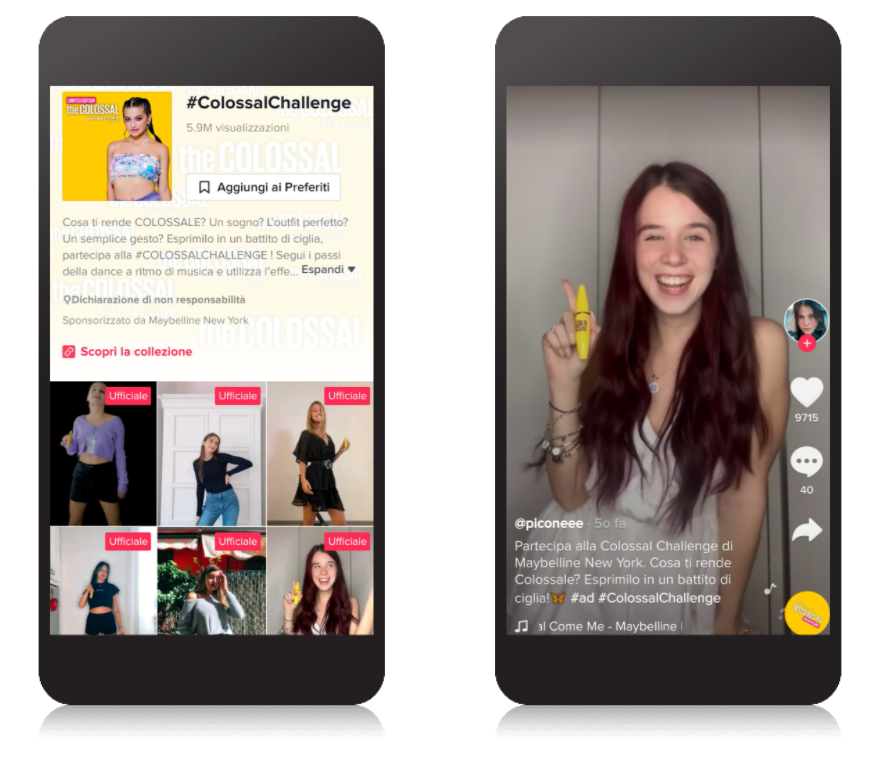
To promote its new Colossal mascara, Maybelline recently launched the “Colossal Challenge” on TikTok. Videos with the hashtag #ColossalChallenge have over 6 million views.
On Douyin, however, videos about animals, cooking, lifestyle, beauty, and fashion tips are predominant. More often than on TikTok, these contents are promotional, aiming to stimulate the sale of certain product categories particularly suited to Douyin. For example, among them is that of beauty. In fact, individual cosmetics or makeup tend to be products suitable for a “flash purchase” during live streaming. This is due to their not overly high price and the large user base interested in the industry. Suffice it to say that in 2019 the production of beauty-themed videos on the platform increased by 228% yoy.

China’s leading influencer in the beauty industry is Li Jiaqi, who even holds records for the number of products sold during his live streams – Source: China.org
Features: similarities and differences
Short-videos and live streaming
As mentioned above, Douyin and TikTok allow the recording and posting of short videos of 15-60 seconds. Usually, these short clips are accompanied by background music or a pre-recorded audio track. This format has seen its success grow exponentially in recent years and is especially popular among younger users. In fact, we can say that it is exploited and used by both Chinese audiences on Douyin and international audiences on TikTok.
Regarding the live streaming function, however, it is necessary to make a distinction between the two Apps. In fact, on TikTok, live streaming is still being tested and is limited to accounts with more than 1,000 followers and managed by a person over the age of 16. On Douyin, on the other hand, live streams are much more widely used. Indeed, the Chinese digital market is particularly competitive and constantly evolving. For this reason, the app has had to evolve quickly, following this new trend in order to keep its user base loyal and not lose it to other platforms. So, live streams have gained an important role in Douyin’s content, especially when they are promotional or commercial.
Social commerce
And here lies the second major difference between Douyin and TikTok. In fact, Douyin is a platform increasingly devoted to social commerce. This, too, is a trend that has recently caught on in China; it leverages the integration of social and e-commerce to stimulate users to finalize more online purchases. Especially with the introduction of live streaming, Douyin has made social commerce one of its workhorses. In fact, live streams are the perfect tool to sponsor products and showcase their use and qualities to users.
Until recently, the App’s operation involved redirecting users from the live streams to product pages on e-commerce platforms such as Taobao or JD.com. In June, however, ByteDance announced plans to enhance the shopping functionality within Douyin. Therefore, it will remove all external links. In return, authoritative profiles (those of brands or KOLs, Chinese influencers) will be able to open their own store directly in-App. Douyin thus wants to become a closed and complete ecosystem where users will be able to see content, create it themselves, and most importantly, shop.
TikTok, on the other hand, is still tied to content that is primarily for entertainment purposes. It also does not yet allow the finalization of in-app purchases. Thus, it is not certain if users will always use links pointing to external platforms to complete a purchase. This does not mean, however, that the platform cannot be used by companies to sponsor themselves and increase brand awareness. In fact, thanks to the virality of its content, it is proving to be an excellent channel to reach the younger target audience of many brands.
The future of Douyin and TikTok
To sum up what has been said, we can conclude that Douyin is a more evolved version of TikTok, both in terms of features and monetization techniques. In fact, this App is turning steadily towards the social commerce model to offer a complete experience to users.
That said, nothing tells us that TikTok is not destined to evolve in the same way. In fact, it is safe to assume that ByteDance wants to apply what it pioneered with Douyin to its international version as well. A clue to this desire comes from the growing trend of product sponsorship, even if not directly purchasable in-App. In fact, this has been one of the stages in the evolution of Douyin itself. So it is very likely that ByteDance also wants to expand more strongly into the international market through TikTok. We just have to wait and see how far the latter will evolve in the footsteps of its “twin.”
The 14th Annual Report of the Italy China Council Foundation – ICCF – is Italy’s most authoritative and comprehensive guide to the political, economic and business access scenario in China. Download the excerpt prepared by East Media on Digital Marketing in China!
